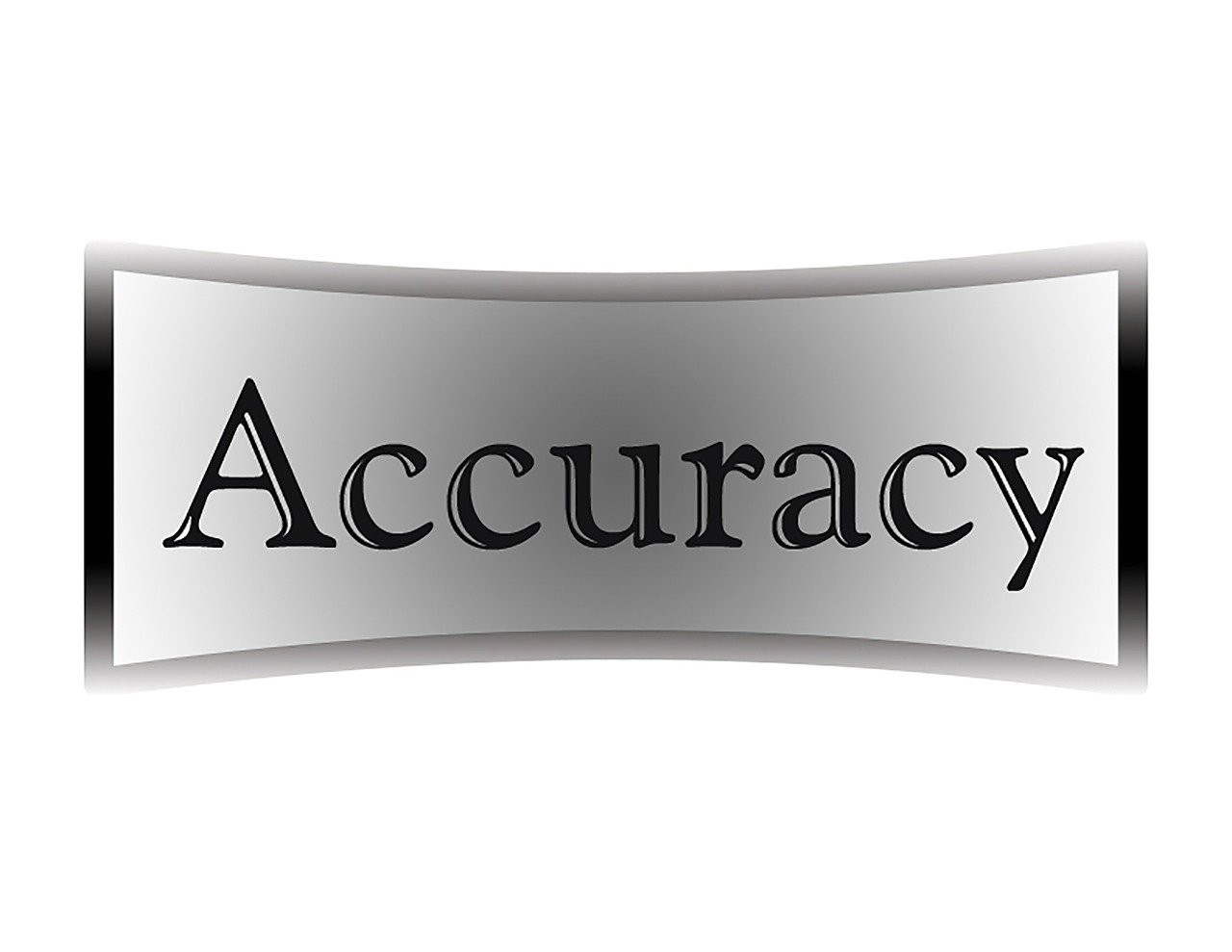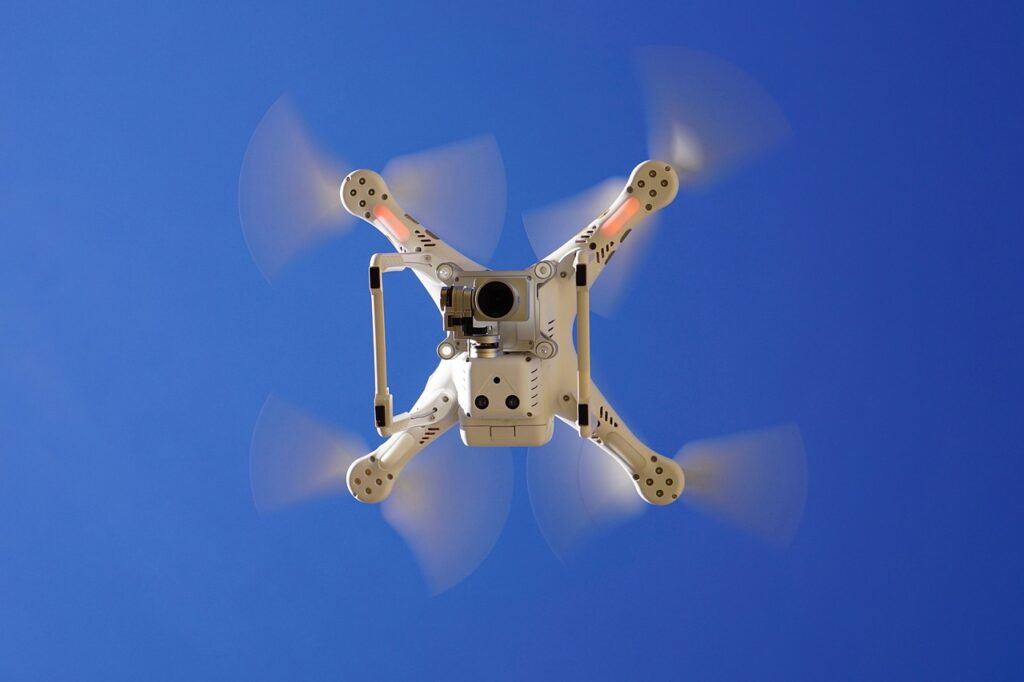
Drone mapping has revolutionized various industries by providing precise, efficient, and comprehensive aerial data. However, the terms “Relative Accuracy” and “Absolute Accuracy” often arise, creating some confusion about their meanings and applications. At Above and Beyond Imagery, based in St Croix County, Wisconsin, we specialize in relative accuracy drone mapping. This blog post will delve into the differences between these two types of accuracy and highlight why relative accuracy is crucial for many projects.
What is Relative Accuracy in Drone Mapping?
Relative Accuracy refers to the precision of measurements and data points within a single dataset relative to each other. It is essential for applications where the internal consistency of the map or model is more critical than its exact geographic location.

Key Features of Relative Accuracy:
Consistency: Ensures that the distances, angles, and spatial relationships between points in the map or model are accurate and consistent.
Internal Precision: Focuses on maintaining the integrity of the spatial relationships within the mapped area.
Local Accuracy: Ideal for projects where accurate relative measurements are more important than the exact global position.
Applications of Relative Accuracy:
Construction Site Monitoring: For tracking the progress and changes within a construction site, relative accuracy ensures that all measurements are consistent over time.
Topographic Mapping: Provides detailed and consistent terrain models for site analysis and planning.
Volume Calculations: Accurate relative measurements are crucial for calculating volumes of earthwork, stockpiles, and other materials.
What is Absolute Accuracy in Drone Mapping?
Absolute Accuracy refers to the precision of measurements and data points in relation to their true positions on the Earth’s surface. It requires integrating the drone data with real-world coordinates, often using ground control points (GCPs) and other georeferencing methods.
Key Features of Absolute Accuracy:
Global Precision: Ensures that the map or model aligns accurately with real-world coordinates.
Georeferencing: Involves using GCPs and precise GPS data to achieve accurate global positioning.
External Accuracy: Ideal for projects where precise geographic location is critical.
Applications of Absolute Accuracy:
Land Surveying: For creating legal property boundaries and ensuring compliance with regulations, absolute accuracy is essential.
Infrastructure Development: Requires precise georeferenced maps for aligning infrastructure projects with existing geographic features.
Relative Accuracy vs. Absolute Accuracy: Key Differences
Focus and Precision:
- Relative Accuracy: Focuses on the internal consistency of measurements within the dataset.
- Absolute Accuracy: Focuses on aligning the dataset with real-world coordinates.
Use of Ground Control Points (GCPs):
- Relative Accuracy: May not require GCPs if the internal precision is sufficient for the project.
- Absolute Accuracy: Requires GCPs and precise GPS data to achieve accurate georeferencing.
Applications:
Relative Accuracy: Suitable for projects where consistent internal measurements are more critical than exact geographic location.
Absolute Accuracy: Necessary for projects requiring precise geographic positioning and alignment with real-world coordinates.
Why Choose Relative Accuracy Drone Mapping with Above and Beyond Imagery?
At Above and Beyond Imagery, we specialize in providing high-quality relative accuracy drone mapping services in St Croix County, Wisconsin. Here’s why relative accuracy is the right choice for many of our clients:
Efficiency and Cost-Effectiveness:
Relative accuracy drone mapping is often more efficient and cost-effective than achieving absolute accuracy. It eliminates the need for extensive ground control point surveys, reducing time and labor costs.
Precision for Internal Consistency:
Our relative accuracy mapping ensures that all data points within the dataset are accurate relative to each other, providing the consistency needed for applications like construction monitoring, topographic mapping, and volume calculations.
Tailored Solutions:
We understand the specific needs of our clients in St Croix County and the surrounding areas. Our relative accuracy drone mapping services are tailored to meet these needs, delivering precise and reliable data for various applications.
Advanced Technology:
We use state-of-the-art drones equipped with high-resolution cameras and advanced software to capture and process aerial data. This technology ensures that our maps and models are of the highest quality and accuracy.
Conclusion
Understanding the difference between relative accuracy and absolute accuracy is crucial for selecting the right drone mapping service for your project. At Above and Beyond Imagery, we specialize in relative accuracy drone mapping, providing efficient, precise, and cost-effective solutions for clients in St Croix County, Wisconsin. Whether you need detailed site monitoring, topographic mapping, or volume calculations, our expertise in relative accuracy ensures that you receive consistent and reliable data tailored to your specific needs.
Contact us today to learn more about our relative accuracy drone mapping services and how we can assist you in achieving success in your projects. Trust Above and Beyond Imagery for accurate, reliable, and efficient drone mapping solutions.
